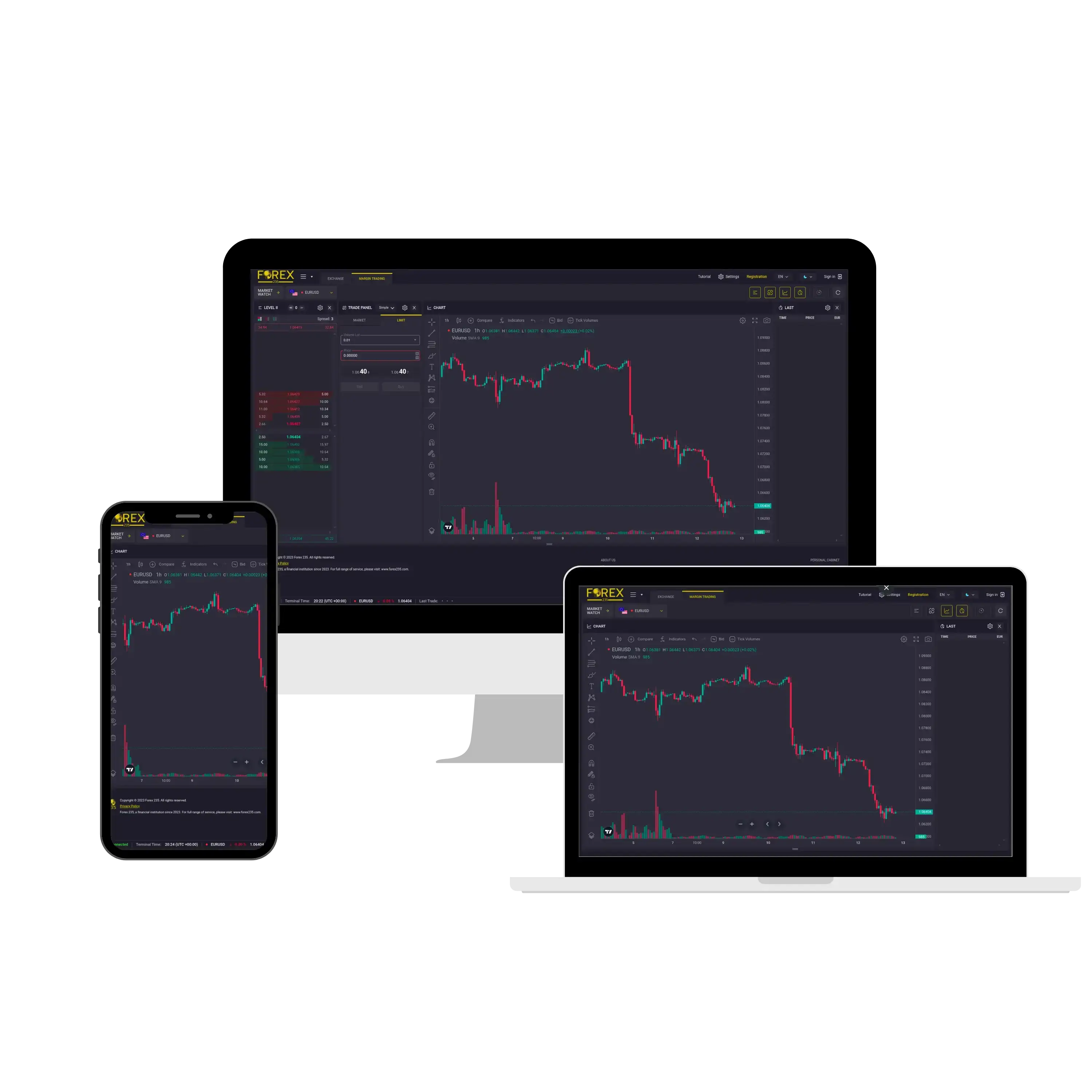Technical Analysis
Basic chart patterns (support, resistance, trendlines): Unlock the secrets of Forex trading by mastering basic chart patterns, including support, resistance, and trendlines, through our specialized course. Designed for beginners, this program delves into the foundation of technical analysis, providing a comprehensive understanding of these crucial patterns. Learn to identify support and resistance levels, key indicators for potential trend reversals or continuations.Price Charts: Technical analysis heavily relies on price charts, which graphically represent the historical price movements of a currency pair. Common types of charts include line charts, bar charts, and candlestick charts. Support and Resistance: Support levels are price levels at which a currency pair tends to stop falling and may bounce back up. Resistance levels are price levels at which a currency pair tends to stop rising and may reverse direction. These levels are crucial for identifying potential entry and exit points. Trends and Trendlines: Identifying trends is a fundamental aspect of technical analysis. Trends can be upward (bullish), downward (bearish), or sideways (neutral).Overview of technical indicators (moving averages, RSI, MACD): Navigate the complexities of Forex trading with a comprehensive overview of essential technical indicators. Our specialized course introduces key indicators such as Moving Averages, Relative Strength Index (RSI), and Moving Average Convergence Divergence (MACD). Designed for traders of all levels, this program demystifies the functionalities of these indicators, providing insights into market momentum, trend strength, and potential reversal points. Technical Indicators: Various technical indicators are employed to assist in decision-making. Examples include Moving Averages, Relative Strength Index (RSI), Moving Average Convergence Divergence (MACD), and Stochastic Oscillator. Indicators help traders identify overbought or oversold conditions and potential trend reversals. Moving Average: Master the art of trend analysis with Moving Averages in our Forex course. Learn to interpret these dynamic indicators, identify market trends, and make informed trading decisions. Elevate your trading skills by enrolling today.RSI: Unlock market insights with the Relative Strength Index (RSI) in our Forex course. Grasp the power of this momentum indicator, identify overbought or oversold conditions, and enhance your trading strategy. Elevate your skills – enroll now.MACD: Dive into Forex trading mastery with our course on MACD. Uncover the potential of Moving Average Convergence Divergence, a powerful indicator for trend identification and momentum analysis. Elevate your trading game by enrolling today.
















